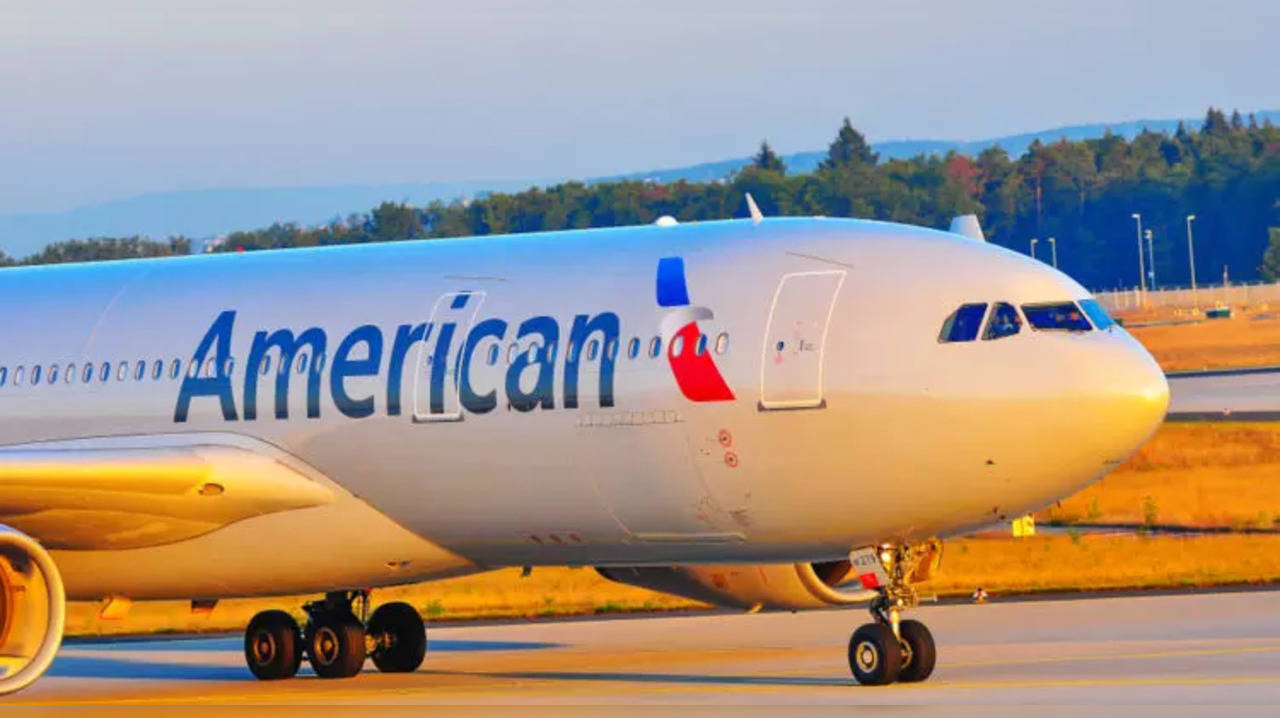Elon Musk’s Robot Tricks Were Used on Soviets in the 1950s, Too

Elon Musk was showered with praise on social media during his big robotaxi unveiling on Thursday, even if the Tesla CEO’s Cybercab is still just a prototype that may never get released. But it was Musk’s humanoid robots that arguably received the most attention in videos posted during the event, as Optimus bots were seen dancing, talking with guests, playing paper-rock-scissors, and even pouring drinks.
There’s just one problem: The robots weren’t operating as autonomously as most people had initially assumed. The Optimus robots were under the control of unseen humans, according to one person who spoke with a Tesla engineer at the event, but Musk didn’t tell people that directly.
“This is not wholly AI. A human is remote assisting,” tech evangelist Robert Scoble tweeted, along with a video from the event at Warner Bros. studios in Burbank on Thursday night.
Optimus make me a drink, please.
This is not wholly AI. A human is remote assisting.
Which means AI day next year where we will see how fast Optimus is learning. pic.twitter.com/CE2bEA2uQD
— Robert Scoble (@Scobleizer) October 11, 2024
Scoble was still clearly impressed with the robots. But it gave the entire spectacle a very different vibe when you know there are humans off in a room somewhere doing at least some of the work. We’ve had tele-operation of robots (sometimes called a Waldo) since at least the 1940s, though admittedly in a more primitive form. Walt Disney used teleoperation to achieve life-like robotics in the 1960s for his attractions at the World’s Fair and Disneyland.
The big difference between Musk and Disney is that Disney wasn’t trying to use tele-ops to trick anyone. The entire purpose was to create a show, not unlike Musk’s goal Thursday night. The billionaire did stage everything at a movie studio, after all. But by not disclosing up front that his robots were getting human assistance, more than a few people on social media said they felt deceived.
Musk is far from the first person to use smoke and mirrors to make robots look like they’re capable of amazing feats while actually being less than transparent about how the technology works. The Tesla CEO’s constant hype of products that don’t actually exist yet (remember the Optimus debut in 2021 that was just a human in a robot suit?) reminds me of RCA-Whirlpool’s so-called Miracle Kitchen from the late 1950s. Especially because the kitchen display had a robot that was actually being remote controlled by a human in the next room, despite telling viewers it was working by itself.
The Miracle Kitchen was the crown jewel of the 1959 fair in Russia held during a very brief attempt at friendlier relations between the U.S. and Soviet Union during the Cold War. It was a kind of cultural exchange, with the Soviets putting on a tech fair in New York while the Americans put on a show in Moscow. You may even remember learning about the “kitchen debate” between then-Vice President Richard Nixon and Soviet leader Nikita Khrushchev. Yep, that was the kitchen.
The American National Exhibition had everything from a fashion show to films about life in the U.S. But it was the kitchen that really impressed people, as it seemingly showed off advanced technologies, including a central computer with push-button controls and an autonomous robot that looked like a proto-Roomba. But the Americans only said it was autonomous.
Someone has uploaded a 13-minute promotional film for the kitchen to YouTube, but a one-minute clip about the vacuum is below to give you an idea of what the Russians saw back in 1959.
“What you see coming out of the wall is a self-propelled floor cleaner. It’s completely self-contained and it can be directed to any part of the kitchen,” the film’s host says.
“This floor cleaner is operated by a self-charging battery. It controls itself by sensing an electrical path in the floor,” the host continues. “As it passes over the floor, it vacuums up loose particles. And if the floor needs washing, the floor cleaner will wash it with a rotary brush scrubbing action. It will follow up washing with a thorough rinsing.”
This incredible robot vacuum wasn’t just going to get all the floor-cleaning done, it was going to do it without being told to return for charging.
“And when the entire job is done, the floor cleaner returns to its location beneath the cabinet where it empties the waste and is automatically recharged to be ready for the next operation,” the host claimed.
In reality, the robot wasn’t working independently at all. Back in 2015, I spoke with a man named Joe Maxwell, then in his 80s, who helped design the kitchen back in the 1950s. Maxwell was working for the design firm Sundberg-Ferar in Detroit and gave me some behind-the-scenes info about the kitchen that had never been written about before.
“They had a two-way mirror with a person sitting behind it that could see the room,” Maxwell told me over the phone. “And they radio-controlled the vacuum cleaner and the dishwasher.”
“They said it was sniffing a wire in the floor, which it could have been,” Maxwell told me. “But it was easier just to have a person behind this mirror that could make all the things happen—from opening the doors and lowering the shelves and all of those different things.”
Having someone just secretly sitting in the next room was much easier and less expensive than using advanced sensors.
“It was easier to do that than to put in all of those sensors all over the place, and do what the push-button said to do. It was simpler just to have a person operating that stuff remotely,” said Maxwell. “That was for expediency more than it was for lack of technology.”
Maxwell then paused to clarify. “But there was a lack of technology. We did not have anything near what we have today. We had computers, but they were big boxes.”
You can see why Musk’s robot demonstration yesterday reminded me of this tech fair from the late 1950s. The goal of the Americans was to convince Soviets that U.S.-style capitalism was the superior system, delivering amazing consumer products that even included computers and advanced robotics. But it was all a show for propaganda purposes, assisted by the CIA and the Rand Corporation along with big business.
Some investors called Thursday’s Tesla event “underwhelming” given its lack of specifics and ridiculously long time-frame for delivery of the Cybercab and Optimus robot. But Musk often does this schtick of hyping up tech that doesn’t exist yet. Then when people eventually come back to Earth and realize he hasn’t delivered anything impressive he finds another bright shiny object to shake in front of Wall Street.
Remember the hyper-fast Loop that Musk was going to bring to cities like Chicago and Las Vegas? It was supposed to feature autonomous 16-passenger vehicles gliding along at 150 miles per hour. The billionaire eventually delivered regular Teslas operated by human drivers going 35 miles per hour in a tunnel under Las Vegas.
At least we can say Musk’s robots aren’t shouting slurs. Well, not yet.
Related
American Airlines expands new early boarding tech
INDIANAPOLIS (WISH) — Here’s a look at Monday’s business headlines with Jane King, who discusses new American Airlines boarding t
Labelers training AI say they’re overworked, underpaid and exploited by…
The familiar narrative is that artificial intelligence will take away human jobs: machine-learning will let cars, computers and chatbots teach themselves - maki
American Airlines expands boarding tech at over 100 airports to…
American Airlines announced that it is expanding the use of a new technology aimed at reducing the number of passengers who attempt to cut in line when boardin
American Airlines Introduces New Tech To Curb ‘Gate Lice’: How…
American Airlines (Representative Image)Photo : iStockSneaking a little ahead of line to get on that plane faster? American Airlines might stop you.In an appare













